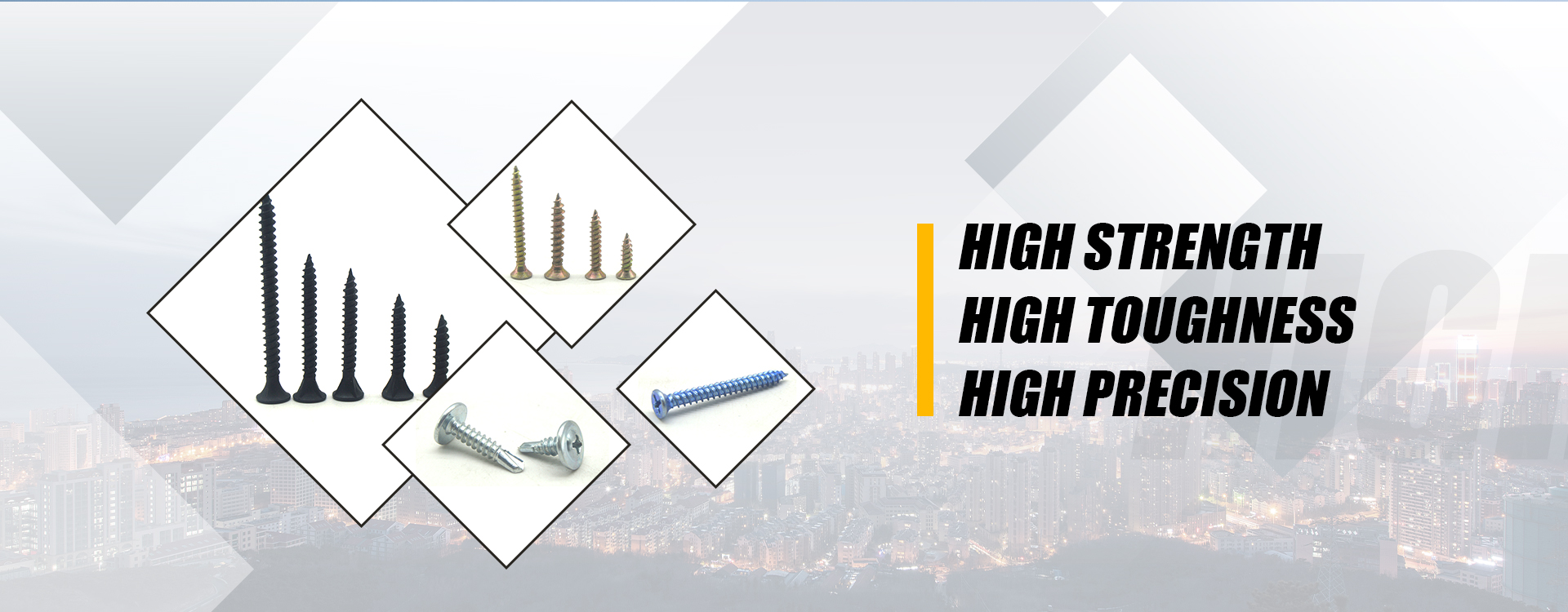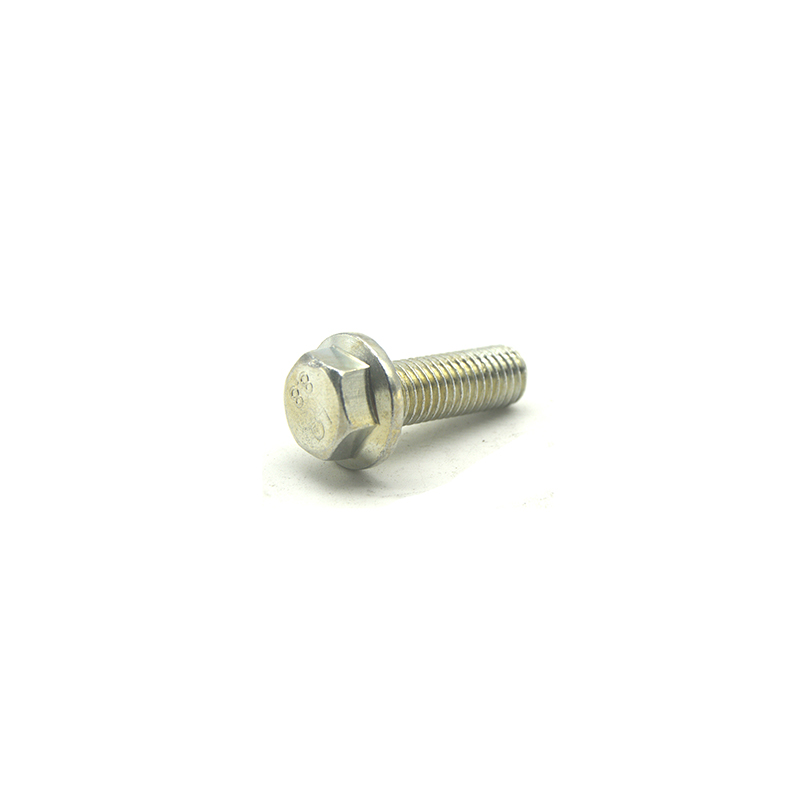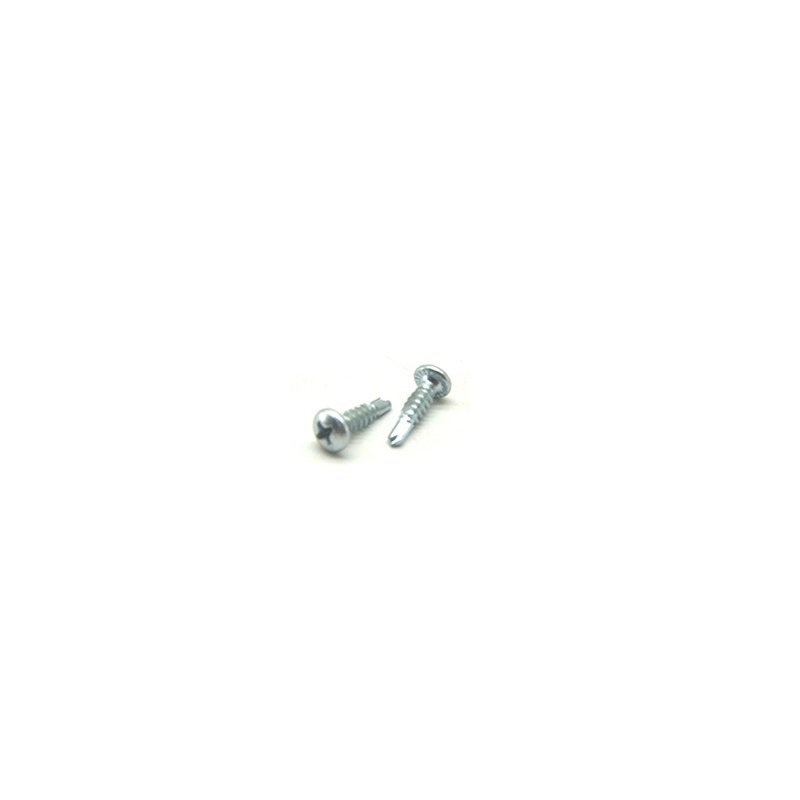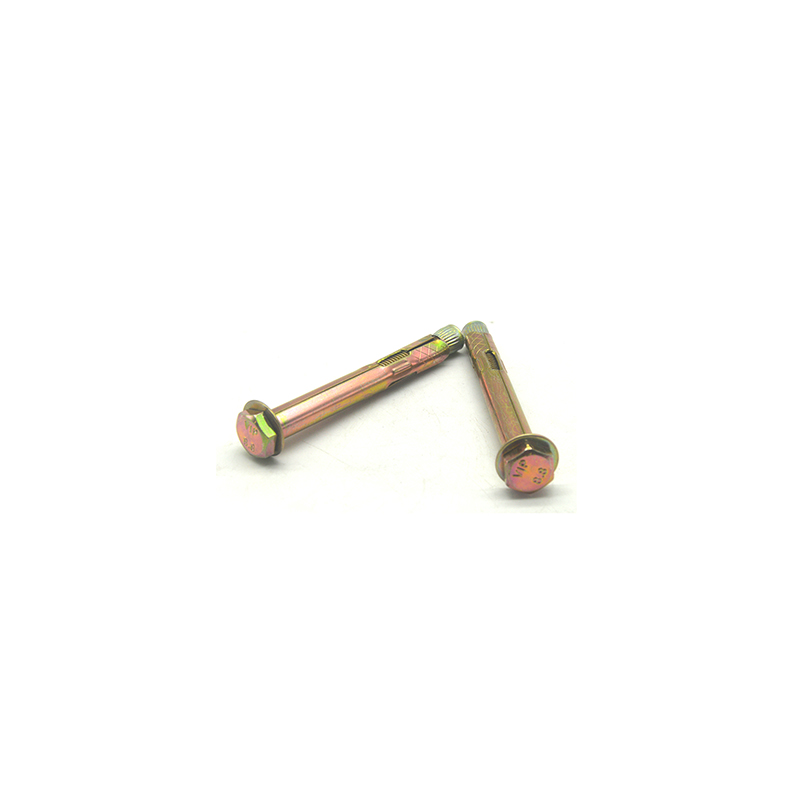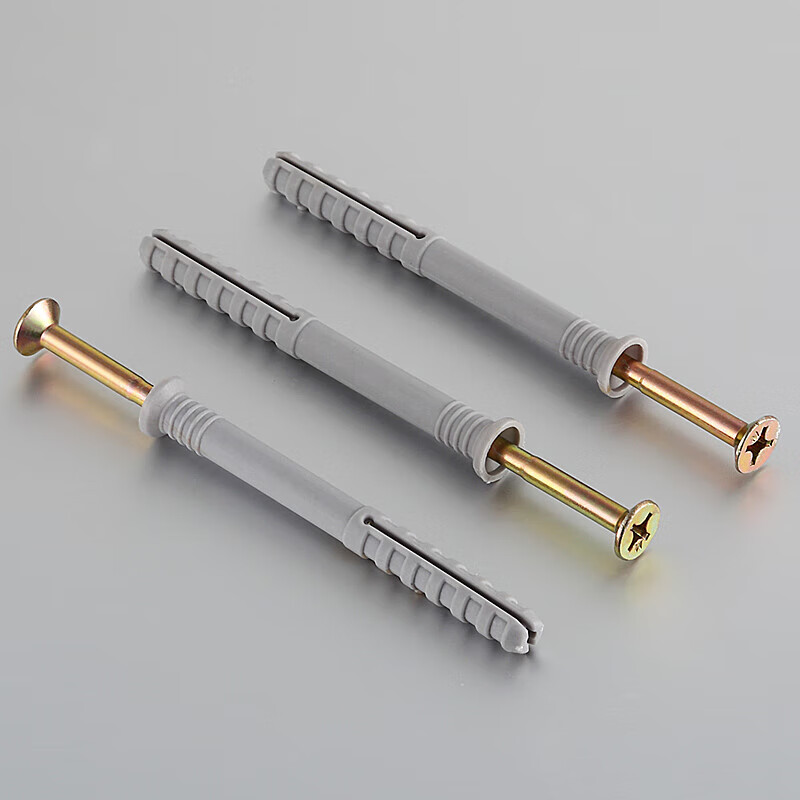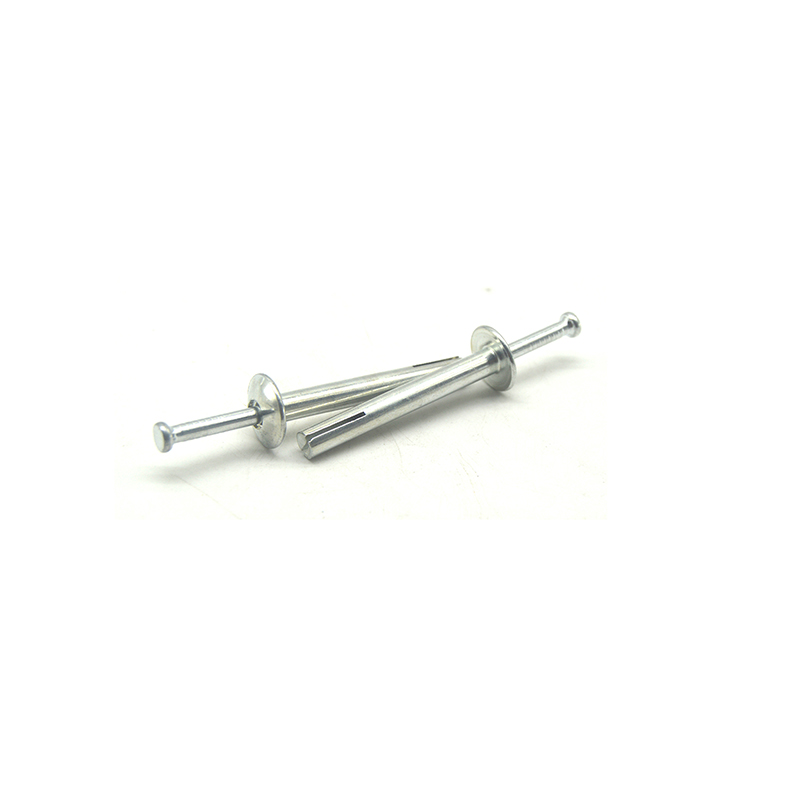- Chinese
- French
- German
- Portuguese
- Spanish
- Russian
- Japanese
- Korean
- Arabic
- Irish
- Greek
- Turkish
- Italian
- Danish
- Romanian
- Indonesian
- Czech
- Afrikaans
- Swedish
- Polish
- Basque
- Catalan
- Esperanto
- Hindi
- Lao
- Albanian
- Amharic
- Armenian
- Azerbaijani
- Belarusian
- Bengali
- Bosnian
- Bulgarian
- Cebuano
- Chichewa
- Corsican
- Croatian
- Dutch
- Estonian
- Filipino
- Finnish
- Frisian
- Galician
- Georgian
- Gujarati
- Haitian
- Hausa
- Hawaiian
- Hebrew
- Hmong
- Hungarian
- Icelandic
- Igbo
- Javanese
- Kannada
- Kazakh
- Khmer
- Kurdish
- Kyrgyz
- Latin
- Latvian
- Lithuanian
- Luxembou..
- Macedonian
- Malagasy
- Malay
- Malayalam
- Maltese
- Maori
- Marathi
- Mongolian
- Burmese
- Nepali
- Norwegian
- Pashto
- Persian
- Punjabi
- Serbian
- Sesotho
- Sinhala
- Slovak
- Slovenian
- Somali
- Samoan
- Scots Gaelic
- Shona
- Sindhi
- Sundanese
- Swahili
- Tajik
- Tamil
- Telugu
- Thai
- Ukrainian
- Urdu
- Uzbek
- Vietnamese
- Welsh
- Xhosa
- Yiddish
- Yoruba
- Zulu
- Kinyarwanda
- Tatar
- Oriya
- Turkmen
- Uyghur

Self-cutting Screw
Understanding Self-cutting Screws: Practical Insights
Self-cutting screws—what are they really about, and why are they a game-changer in construction and manufacturing? Let's cut through the jargon and explore their true potential.
The Basics of Self-cutting Screws
At first glance, the term 'self-cutting screw' might seem a bit self-explanatory. However, the details can be intriguing for anyone who's spent time on a construction site or in a workshop. These screws are designed to cut their own mating thread, simplifying the process of fastening by eliminating pre-tapping. This feature is particularly beneficial in high-stress environments.
In practice, what this means is less setup time and improved efficiency. Imagine working with metal or hard plastic; the ability to drive screws without needing a pre-drilled hole can significantly cut down labor time. But, of course, it's not always as straightforward as manufacturers might suggest. The material's thickness and composition play a crucial role in the screw's effectiveness.
Handan Shengtong Fastener Manufacturing Co., Ltd., located in the heart of China's fastener industry in Handan City, has been a pivotal player since 2018. They offer an impressive range of self-cutting screws, catering to diverse industry needs (website). Their products exemplify the robust qualities that make these screws sought after in both local and international markets.
Practical Applications and Considerations
Now, when I first started using self-cutting screws, it was in an aerospace component assembly line. We aimed to streamline the process, reduce weight, and maintain structural integrity. These screws were ideal for fastening without the risk of stripping threads, provided they were matched appropriately with the material.
But here's where the real challenge often lies—understanding that not all materials react the same way. For instance, in my experience, aluminum worked beautifully with these screws. But trying to use them on materials like certain composites required repeated tests for optimal parameter settings. Not every attempt was a success; sometimes threads were too weak or the screw failed to grip effectively.
As with many fasteners, torque is a critical factor. Handan Shengtong's variations are engineered to alleviate some of these issues, yet, it's worth noting the variability across different applications. A screw that works in one scenario might not be suited to another.
Quality and Manufacturing Insights
Quality control is another critical aspect. Companies like Handan Shengtong Fastener Manufacturing Co., Ltd. take pride in rigorous testing protocols to ensure each batch of screws meets industry standards. Their approach embodies the meticulousness necessary in fastener production.
The manufacturing process itself is fascinating. Precision is paramount, from the thread cutting design to the heat treatment ensuring durability. This attention to detail distinguishes a high-functioning self-cutting screw from a mediocre one.
When interacting with these products day in and day out, the subtle differences become apparent. You begin to notice that well-manufactured screws provide a cleaner, more precise cut, and ultimately, a stronger hold.
Real-World Challenges and Solutions
What about real-world challenges? Take construction, for example. On a project where timber frameworks are prevalent, the self-cutting screw can speed up assembly. But there’s a cautionary tale—you have to be mindful of potential wood splitting. This concern necessitates a balance between screw diameter and the pilot hole, even for self-cutting types.
Furthermore, dealing with varied environmental factors can complicate the choice. Corrosion resistance might be a priority, and while Handan Shengtong offers coated variations, selecting the right protection level is a task unto itself.
Ultimately, experience tends to be the best teacher. Engaging with these components in different scenarios enhances understanding and refines approach strategies. It's not just about fastening; it's about selecting the right screw for the right material under the right conditions.
Final Thoughts on Selection and Implementation
So, how does one go about selecting the right self-cutting screw? The answer lies in a combination of technical specifications and hands-on trials. Reviewing the screw's gauge, length, and threading is crucial, but equally important is testing under simulated conditions if possible.
Also, don’t overlook supplier consultations. Companies like Handan Shengtong offer invaluable insights. Their website provides detailed specs, reflecting their commitment to quality and customer service. This kind of support can ease many decision-making processes.
In conclusion, while the allure of time-saving and efficiency is undeniable with self-cutting screws, like anything else, they demand respect for their intricacies. Awareness of material characteristics, combined with rigorous testing and reliable supplier input, forms the backbone of successful application. It's a blend of technical insight and practical wisdom that shapes the real-world use of these innovative fasteners.
Related products
Related products